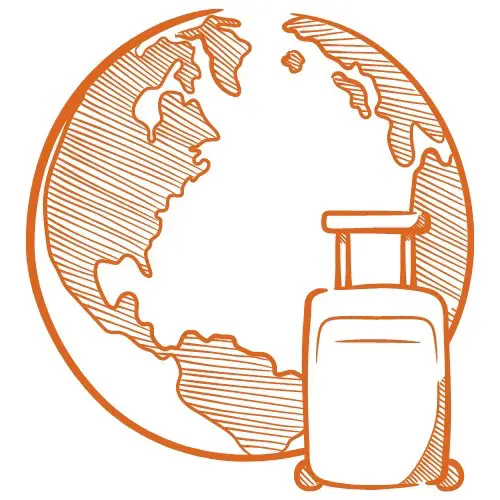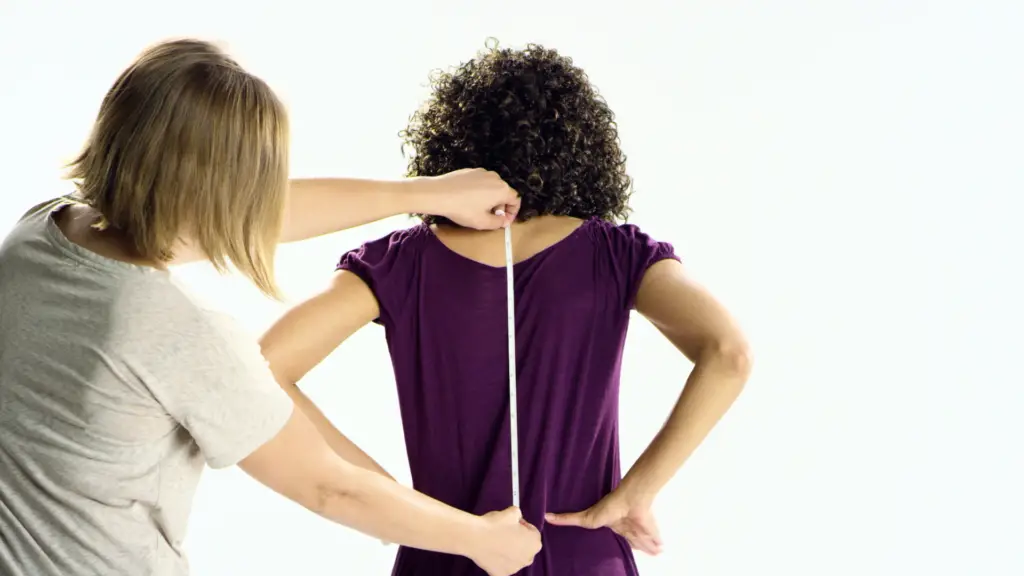Introduction
We all know that choosing the right backpack for travel can make or break your experience. But have you ever considered the importance of finding a backpack that fits your body perfectly? That’s where the concept of average torso length comes in.
In this guide, we’ll show you why average torso length matters, how to measure it accurately, and how to choose the right backpack based on your measurements. Say goodbye to sore shoulders!
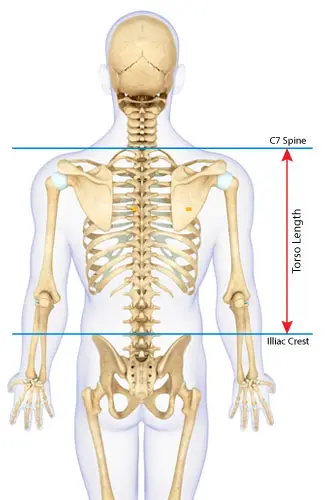
Why Average Torso Length Matters
An ill-fitting backpack can lead to a variety of problems, including discomfort, pain, and even injury. If your backpack is too big, too small, or not adjusted properly, you’ll likely experience issues with weight distribution, balance, and posture. Over time, these issues can cause significant strain on your body, making it difficult to enjoy your travels.
That’s where average torso length comes in. Your torso length is the distance between your C7 vertebra (the bony protrusion at the base of your neck) and the top of your hip bones. This measurement can help you choose a backpack that’s designed to fit your body, providing optimal support and comfort.
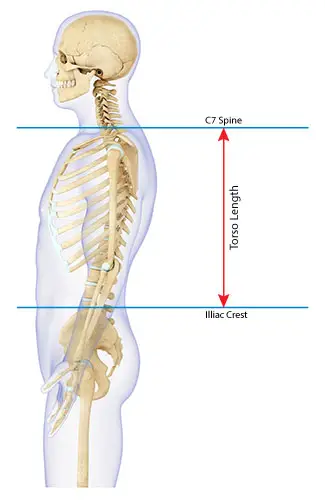
How to Measure Average Torso Length
Measuring your average torso length is a straightforward process that you can do at home. Here’s how:
- Stand with your back against a wall and your feet shoulder-width apart.
- Tilt your head forward so that your neck forms a straight line with your spine.
- Place a book on the top of your head, and make sure it’s level with the floor.
- Have a friend or family member measure the distance between the bottom of the book and the top of your hip bones.
It’s essential to have someone else take this measurement for you, as it’s challenging to do it accurately on your own.
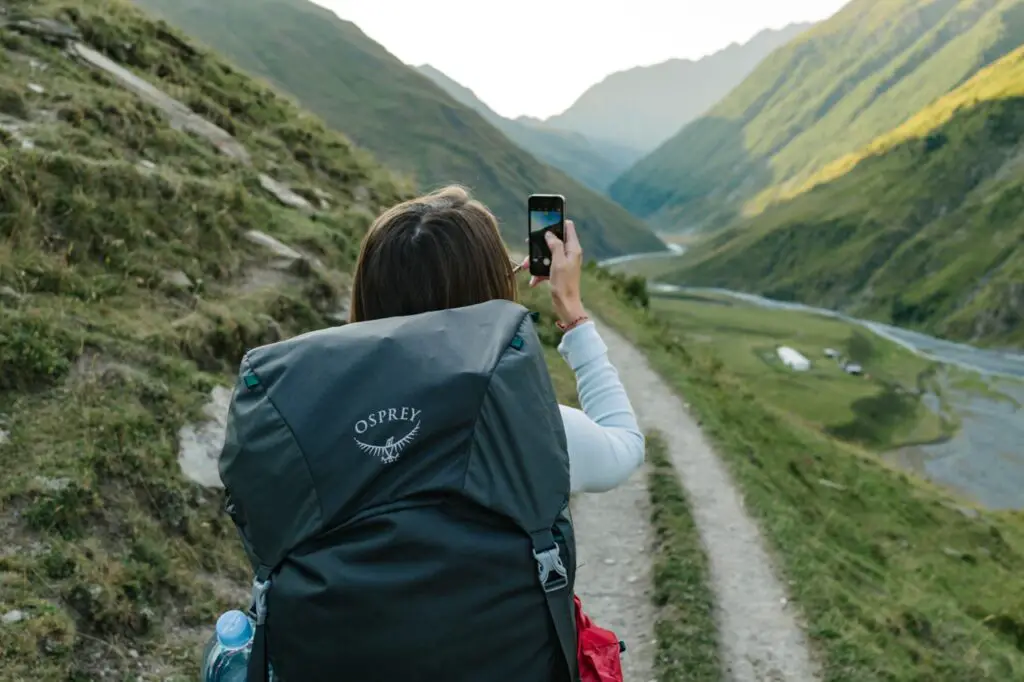
Finding the Right Backpack for Your Torso Length
Once you have your average torso length measurement, it’s time to find a backpack that fits you like a glove. Here are some features to consider:
Backpack Size
Backpacks come in a range of sizes, from small daypacks to large travel backpacks. The size of your backpack should correspond to your torso length to ensure a comfortable fit. Use your measurement to determine which size backpack you should be looking for.
Backpack Shape
Backpacks come in various shapes, including rectangular, tapered, and curved. The shape of your backpack should complement your body shape. If you have a straight back, a rectangular backpack may be the best option. If you have a curved back, a backpack with a curved frame may be a better fit.
Backpack Suspension
The suspension system of your backpack is what provides support and comfort. Look for a backpack with a padded hip belt, shoulder straps, and back panel. The hip belt should sit comfortably on your hip bones, and the shoulder straps should fit snugly without digging into your skin. The back panel should be adjustable to fit the curvature of your spine.
Backpack Adjustability
Ideally, your backpack should have several adjustable straps that allow you to customize the fit. Look for a backpack with an adjustable sternum strap, load-lifter straps, and compression straps. These features will help you adjust the weight distribution of your backpack and ensure a comfortable fit.
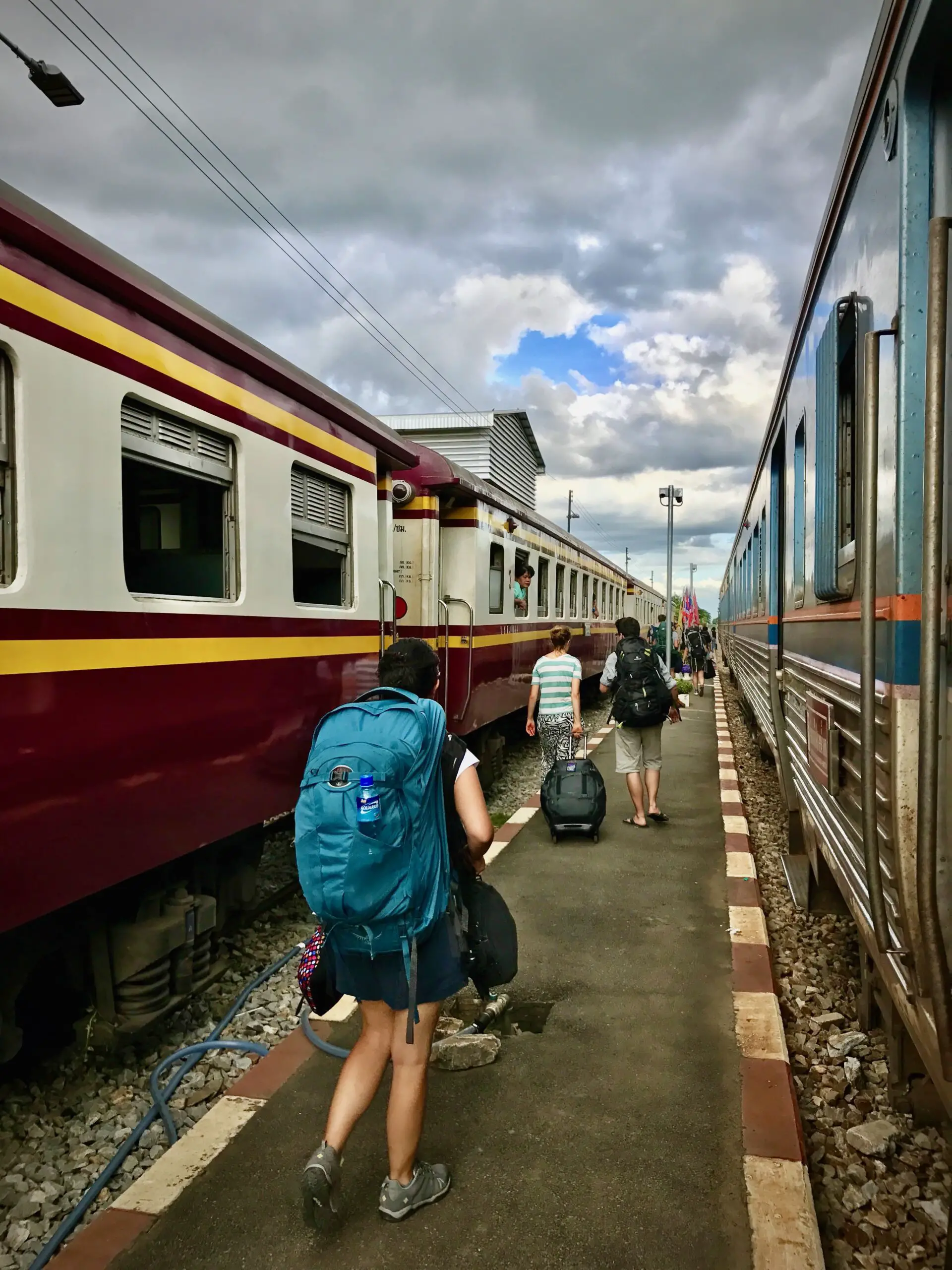
Conclusion
In conclusion, choosing the right backpack based on your average torso length is essential for a comfortable, enjoyable travel experience. By measuring your average torso length and selecting a backpack with the right size, shape, suspension, and adjustability, you’ll be able to reduce strain on your body and focus on your travels.
Common Questions About Average Torso Length and Backpacks
We’ve covered the importance of average torso length and how to choose a backpack that fits you perfectly. Here are some common questions about this topic and our answers:
How do I know if my backpack is the right size?
The size of your backpack should correspond to your measurements; use the ones taken in this guide to determine which size backpack you should be looking for. Keep in mind that backpacks can vary by brand and style, so it’s always a good idea to try on a backpack before purchasing.
Can I use my average torso length measurement for any backpack?
Ideally, you should use your measurements to select a backpack that’s designed to fit your body. However, some backpacks are adjustable enough to fit a range of torso lengths. Look for backpacks with adjustable suspension systems and straps that allow you to customize the fit.
What if my backpack doesn’t fit perfectly even after measuring my average torso length?
Backpacks can take some time to break in, so don’t worry if your backpack doesn’t fit perfectly right away. Adjust the straps and suspension system to ensure a comfortable fit, and wear your backpack around the house for a few hours before hitting the road. If you’re still experiencing discomfort, consider exchanging your backpack for a different size or style.
Is average torso length the only measurement I should consider when choosing a backpack?
While average torso length is an essential measurement to consider, it’s not the only one. You should also take into account your hip size, shoulder width, and overall body shape. Look for backpacks that are designed for your specific body type and that offer adjustable features to ensure a comfortable fit.
Do I need to take my average torso length measurement every time I purchase a backpack?
If your average torso length has not changed, you can use the same measurement for multiple backpack purchases. However, if you’ve experienced any significant changes in your body, such as weight gain or loss, it’s a good idea to retake your average torso length measurement to ensure an accurate fit.
